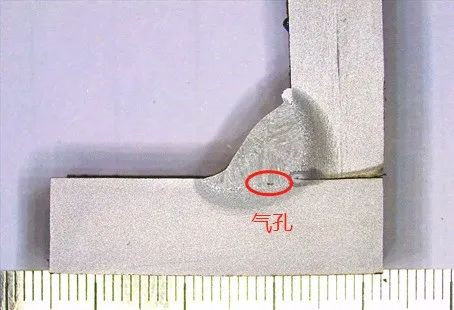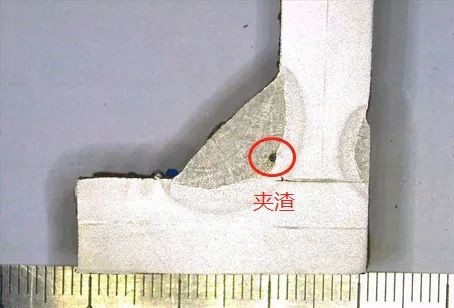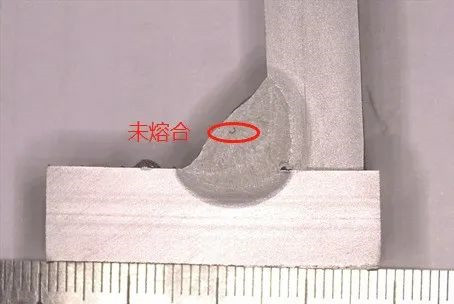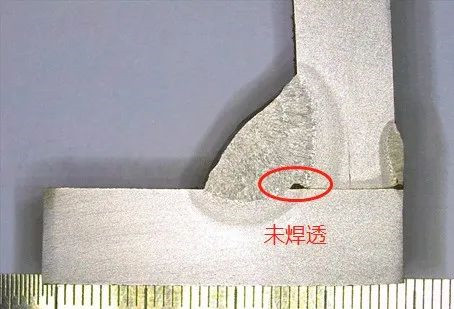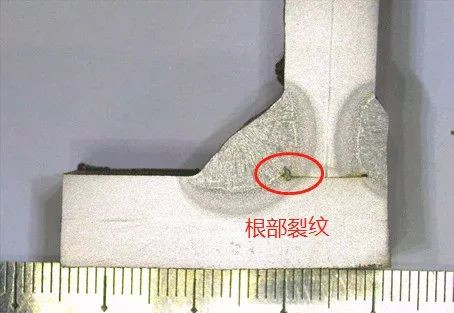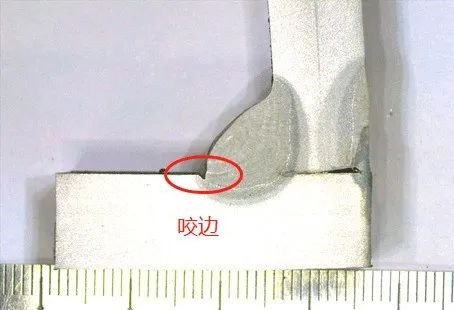The quality requirements for welded structures, welded products, and welded joints are multi-faceted. They include internal requirements such as joint performance and organization. At the same time, there must be no defects in appearance, shape, size accuracy, weld seam formation, surface and internal defects. In order to detect them as soon as possible, To solve problems, macroscopic analysis is often used first, followed by detailed microscopic analysis if necessary.
The most important content of macro analysis is defect analysis of welded joints. Mainly using the low-magnification structure analysis method of metallographic microscope, the internal defects produced by the welded joints are inspected through metallographic low-magnification, and the causes of the defects are determined with the high-magnification microstructure analysis, and methods of avoidance and elimination are found to improve the quality of the welded joints. quality.
By sampling, grinding, etching and taking low-magnification photography, we can clearly and intuitively check the macroscopic defects of welded joints, and combined with the corresponding welding standards, we can judge whether the welding process, welding workers, and welding structures can meet the relevant requirements. Requirements.
According to the cause of formation and defect shape, weld macro defects can be mainly divided into the following categories:
1. Stomata
During the crystallization process of the welding pool, some gases may remain in the welding mirror to form pores because they have no time to escape.
Porosity is a common defect in welded joints. Porosity not only appears on the surface of the weld, but also often appears inside the weld. It is not easy to detect with simple methods during welding production, which will cause serious harm.
Welding pores that occur inside the weld are called internal pores, and pores that open outside are mostly called surface pores.
2. Slag inclusion
Slag inclusion is molten slag or other non-metallic inclusions in the weld, which is a common defect in the weld.
In welding using flux-filled metal wire, such as submerged arc welding, the dust becomes slag due to poor deposition, or in the CO2 welding method without flux, the deoxidation product produces slag, which remains inside the multi-layer weld metal. Can form slag inclusions.
3. Insufficient penetration and fusion
Incomplete penetration refers to the part left at the root of the joint that is not completely penetrated during welding.
Lack of fusion is a common defect. It refers to the local residual gap between the molten weld metal and the base base metal or between adjacent weld beads and weld layers. The base metal and base metal are not completely melted and combined during spot welding. Some are called unfused.
Xinfa welding equipment has the characteristics of high quality and low price. For details, please visit: Welding & Cutting Manufacturers – China Welding & Cutting Factory & Suppliers (xinfatools.com)
4. Cracks
Welding cracks are divided into hot cracks (crystal cracks, high-temperature liquefaction cracks, polygonal cracks), cold cracks (delayed cracks, hardening embrittlement cracks, low plasticity cracks), reheat cracks, and lamellar tears according to their shape and causes. Crack etc.
5. Undercut
Undercut is sometimes called undercut. It is a groove that is lower than the surface of the base metal at the weld toe because the deposited metal does not completely cover the melted part of the base metal during welding. It is the result of the welding arc melting the edge of the weldment. The gap left by the molten metal from the welding rod is not replenished.
An undercut that is too deep will weaken the joint strength and may also cause structural damage at the undercut.
6. Other defects
In addition to the above defects, common defects in welds include looseness, cold insulation, burn-through, weld nodules, shrinkage cavities, pits, sag, uneven weld leg size, excessive concavity/convexity, and incorrect weld toe angle. wait.
Post time: May-27-2024

